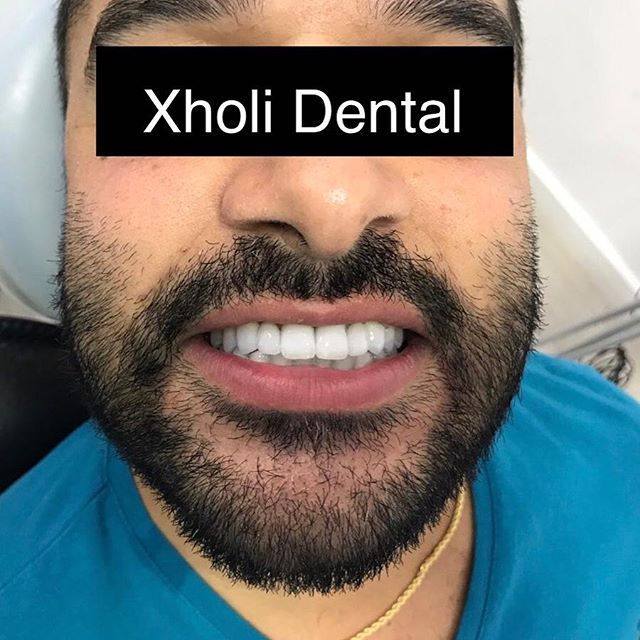
Bleeding is still one of the most economic and efficient ways to change the individual’s smile. While
advertising and marketing are always on the move with the latest products, where there is a lot of
confusion and debate about best bleaching, consumers want to know: What system produces the best
results? How much does it cost to get optimal results? How long will it take and what are the possible
side effects? The answers to these questions tend to be contradictory and vague for marketing effect.
The customer is left puzzled and confused by information that is highly contradictory. Most people are
reluctant to follow a tooth whitening process because of the uncertainty and fears they may lose time
and money. To shed a little light, I tried to answer some whitewash questions.
How does the bleaching process work?
Most bleachers use a chemical called peroxide. Peroxide molecules have the ability to discolor the teeth
by means of an oxidation process. This has shown that peroxides have the ability to penetrate the inside
of the enamel in just a few minutes after application. There are several complex organic molecules
inside the tooth that reflect a particular wavelength of light and are responsible for the tooth color. It is
thought that by releasing free radicals, peroxides have the ability to oxidize organic molecules. When
these organic molecules are oxidized, the residual molecules reflect less light or can be described as
colorless, thus creating a reduction or elimination of the stain and thus have a bleaching process.

